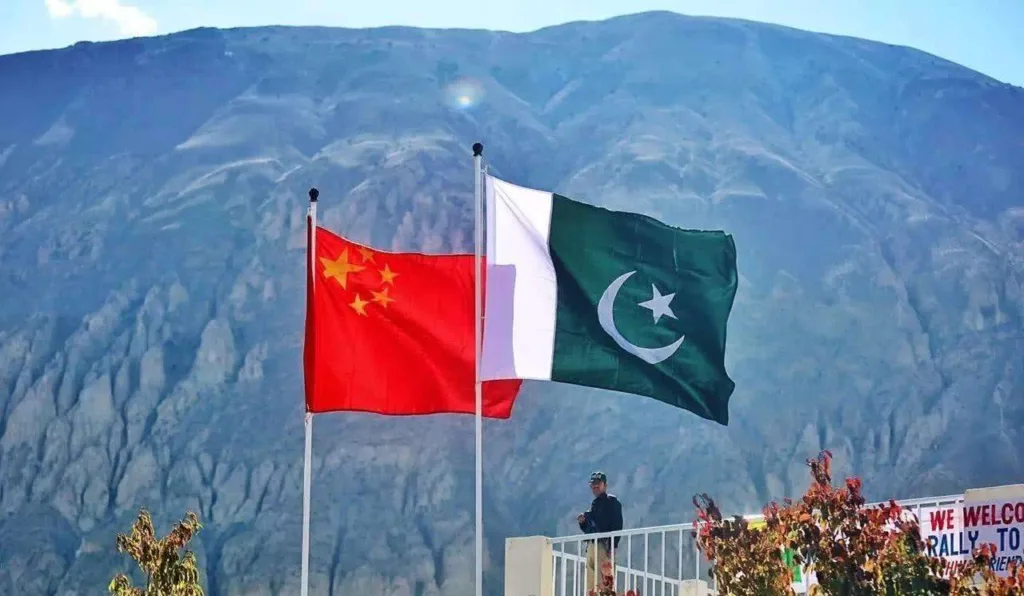With $70.3 billion in Chinese development support, Pakistan comes in third globally, according to a report released on Monday by AidData.
Between 2000 and 2021, grants made up only 2% of China’s portfolio in Pakistan, with loans making up the majority, according to AidData’s 5,300 sources.
The American research organisation said that the average loan amount was 3.72 percent, with a grace period of 9.84 years and 3.74 years.
Energy received $28.4 billion, or 40% of development funds, between 2000 and 2021. China supplied funds for transit and storage (14%, or $9.7 billion) and general budget support (30%, or $21.3 billion).
China accounted for the highest amount of development funding internationally, with its energy portfolio worth $28.4 billion. Vietnam ($21.7 billion) and Angola ($24.7 billion) came in second and third, respectively. AidData indicates that 10.2% of China’s total global energy portfolio—which also includes other nations—comes from Pakistan.
An administrative examination of the assistance shows that the PML-N (2013–17) received the largest amount of Chinese development help between 2000 and 2021, totaling $36.2 billion. PTI received $19.6 billion, PPP received $10.4 billion, and Musharraf received $4.1 billion.
The energy industry received the lion’s share of development funds (52.8%), with the PTI contributing “general budget support” (61.3%).
Since 2012, China has emerged as Pakistan’s main donor for international development; in 2013, China spent 1.6 times more than the US; in 2016, China spent 7.7 times more than the US; and in 2021, China spent 22.4 times more than the US.
Just 13% of the projects were still “under implementation” in 2021, compared to 82% that had been “completed.”
Read More
- Pakistanis can now apply for e-visas for Azerbaijan.
- Investment in Pakistan: A three-day SIFC roadshow is held in the UAE.
Twenty-one of the 47 $500 million initiatives were general budget-sponsored; banking and financial services came in sixth and energy in fifteenth place. Five of the seventeen $1 billion initiatives were with energy, and six with general budget support.
The PPP government’s annual commitments rose from $509 million to $2.1 billion under Musha’rraf. Under Sharif/Abbasi, the yearly sum was $7.2 billion. The majority of PTI’s $4.9 billion in yearly average debt came from loans used for general budget assistance.
Pakistan is ranked third in China’s credit portfolio, behind Russia and Venezuela, with 161 loans worth $68.9 billion.
The biggest rescue credit from China to Pakistan was $28.13 billion; loans from Ecuador, Venezuela, Argentina, and Venezuela followed. There is a “particularly close all-weather friendship between the two countries,” the statement claims.
China is the recipient of $67.2 billion, or 19.6% of Pakistan’s GDP. During the CPEC’s peak years of 2014–2017, significant new commitments were made; however, a study reveals that after 2017, Chinese development funds were more frequently used for rescue loans than for new projects.
Rollovers increased after 2017, and as of 2019, they have exceeded new loan commitments.
Three infrastructure projects costing $452 million have been cancelled or delayed out of 127 projects totaling $38.8 billion.
ESG factors are taken into account in 52% of infrastructure projects, according to AidData. With 51% of the portfolio’s vulnerabilities coming from ESG issues, the energy sector is the most susceptible.
According to AidData, 25% of these programmes have strong ESG safeguards. Social hazards, like labour breaches and community protests, afflicted 46% of these projects, as opposed to 16% and 19% of environmental and governance challenges, respectively.
Share this content:

